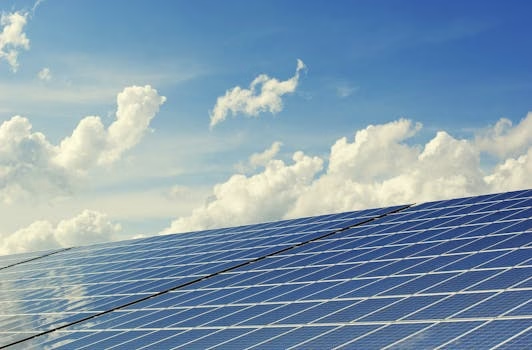Electricity is an energy resource like any other, with two major exceptions, the high cost of storage and inelastic demand. That leads to some interesting factors in a unique market, which affect all of us through electricity economics.
The supply of electricity is divided into three parts, the generation, transmission, and distribution, all of them capital intensive. Before the advent of deregulation, one vertically integrated monopoly did it all. Now in most parts of the world a highly regulated market overcomes the inherent organization challenges.
- High market power on the supply side due to Inelastic demand
- High capital cost, that form a barrier to market entry
- Difficult capacity utilization because of costly storage
- Difficult or opaque economic pricing with network effects
- Complex interaction with politics and the society as a whole
Like Caesar, we want all three parts of Gaul, I mean of the power triangle. Power should be cheap, secure, and without unmitigated externalities like CO² emissions.
Together these demands and challenges form a fascinating industry which we will look at today.
Generation
Electricity demand and supply have to balance every second, and demand cannot adapt rapidly without major cost, so supply has to adapt. As a consequence, there are different timescales over which the market trades power, and different kinds of power plants which specialize in a particular market.
The first market trades over the long term, months ahead. Coal plants, nuclear plants, wind farms, and other base load plants with low marginal cost, but little ability to quickly change their power output sell in this market. The major concerns are capital cost and political integration. Building new capacity often comes in over budget and over time, for projects in this category have planning horizons in the dozens of years.
Peakers
Every day as demand fluctuates, and forecasts have limited accuracy and precision, short term demand varies, which base load plants cannot react to without significantly increased cost. (Building excess capacity left idle most of the time, while keeping hot with high capital cost.) Peakers like combined gas cycle plants, (pumped) hydroelectric dams, or increasingly battery storage cover the resulting supply shortfalls. However, the flexibility comes at an increased price, for peakers produce at 15ct to 20ct per kWh, instead of the typical below 8ct for base load plants.

Photovoltaic
The more perceptive of you might already notice, that we did not include photovoltaic (PV) power generation, so far. PV has many characteristics of a base load plant like high capital cost and low or zero marginal cost, but its power output cannot be conformed to any constant distribution with positive power on its own. In other words, it is not dispatchable. Instead, it falls under the category of variable renewable energy sources (VRE).
You might have the genius idea of applying the law of large numbers, and ask why not to combine multiple grids into one large one, which would increase the share of base load plants could use and reduce overall cost. The answer lies in the economics of transmission.
The Grid
Why have a grid at all? Can’t we just produce our own power at home with PV?
- For the same shock, a bigger system is less disturbed
- Producing electricity is complex and has a multitude of scale effects
- Externalities like Noise or Pollution have lower impact farther away from the consumer
Electricity is seldom produced where it is needed. To make electricity useful by transmitting it through space is the function of the grid. The grid itself consists of the transmission of greater quantities over longer distances with high voltages, and the distribution to the customers at lower voltages.

Transmission
Power flows where it flows.
Determining who benefits from a transmission line, and who should pay for it, is a major task. You could calculate that using Kirchhoff’s circuit laws, but doing so quickly gets complicated. Meanwhile, each grid participant profits from load sharing — it is cheaper to have a single larger buffer rather than to build in smaller buffers for every participant. However, load sharing works better the less correlated the loads are. For example, a whole timezone turns on the kettle when coming homing, or a cold weather front increases heating demand. By connecting (major parts of) a continent into a single grid with transmission lines, you get a cheap and efficient system integration that reduces the total capacity needed, and increases the utilization of already installed capacity.
Distribution
At last, the electricity reaches its destination through the distribution network. Here every solution is heavily dependent on local circumstances with all its diversity. The specifics depend on every trade of made. The voltage, frequency, number of lines, and network topology you might choose are a complex optimization problem.
A current trend is the further integration of local power generation and storage via PV, batteries, and more flexible demand. As a consequence, the classic hierarchy of generation, transmission, and distribution in electricity economics starts to break down. That leads to the evolution of a network of microgrids with an increased need for peak capacity, data, and control.
Conclusion
Electricity economics quickly becomes complex. Solving fundamental design challenges like high capital cost, market power, and network economics requires careful regulation to achieve a secure supply with few externalities at an economical price. The future is going to hold much needed investment into capacity in generation and transmission. On the more tangible side, expect increased data collection and control in the local distribution grid.



